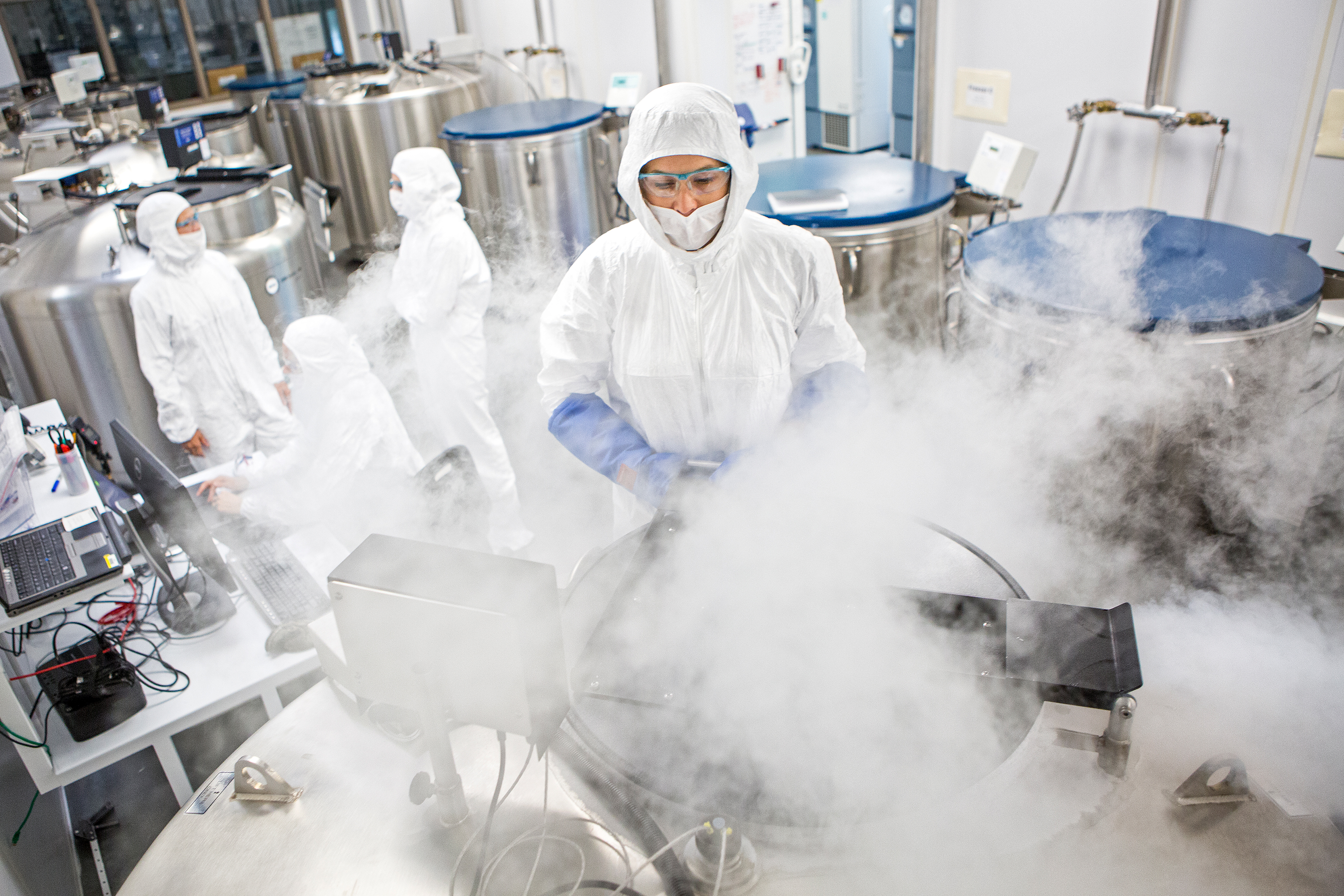Work with NIST

NIST is a unique federal agency. Its mission is broad—to promote U.S. innovation and industrial competitiveness by advancing measurement science, standards, and technology in ways that enhance economic security and improve our quality of life.
An essential part of NIST's work is to anticipate the future. Fast-moving sectors such as nanotechnology, quantum information science, homeland security, information technology, and advanced manufacturing need sophisticated technical support systems to flourish and grow. NIST provides that support by continually improving the U.S. measurement system, developing new technologies, fostering standards, and providing both the business and technical evaluation tools needed to produce quality products and organizations.
User Facilities
NIST has several user facilities available for both proprietary and non-proprietary research. Access to these facilities is generally provided on a first-come, first-served cost-reimbursable basis. Examples include facilities for gamma-ray sources, small-angle X-ray scattering, nanotechnology, nitrogen flow measurements, heat release calorimetry and neutron radiography.
Joint Research Organizations
NIST has long-standing research partnerships that have produced unparalleled technical breakthroughs. Some of these institutes are in proximity to the NIST campuses in Maryland and Colorado but others are strategically located to leverage local expertise and resources.
- Center for Marine Debris Research (Honolulu, HI)
- Hollings Marine Laboratory (Charleston, South Carolina)
- Institute for Bioscience and Biotechnology Research (Rockville, Maryland)
- JILA (Boulder, Colorado)
- Joint Center for Quantum Information and Computer Science (College Park, Maryland)
- Joint Quantum Institute (College Park, Maryland)
- National Cybersecurity Center of Excellence (Gaithersburg, Maryland)
- National Synchrotron Light Source II (Long Island, New York)
Research Partnerships
There are a number of mechanisms for NIST to formally collaborate with industry, academia and other government agencies to perform research that furthers the NIST mission. In addition to the mechanisms listed below, NIST researchers frequently collaborate informally with researchers at other organizations. These collaborations often result in joint peer-reviewed papers, short-term visits and sharing of research methods.
- Cooperative Research and Development Agreements (CRADAs)
- Guest Researcher Program
- Material Transfer Agreements (MTAs)
- Reimbursable Agreements Coordination Office
- Information Exchange
Extramural Programs
NIST provides three important externally focused services: the Hollings Manufacturing Extension Partnership (MEP), the Baldrige Performance Excellence Program (BPEP) and the Manufacturing USA program. These programs are public-private partnerships that fill the gap where precompetitive research—work that that is too expensive or specialized for any one company to undertake alone—can move a whole industry forward. They serve as the link between manufacturers and the technology opportunities and solutions they require to be globally competitive. They provide a standard of performance excellence that helps organizations succeed in the marketplace.
- Hollings Manufacturing Extension Partnership
- Baldrige Performance Excellence Program
- Manufacturing USA
NIST Funding Opportunities
NIST also provides extramural research funding through competitive grants, the Small Business Innovation Research program and other programs.
- Federal Funding Opportunities
- NIST Small Purchase Opportunities
- Precision Measurement Grants Program
- Prize Competitions and Challenges
- Small Business Innovation Research (SBIR) Program
Accessing NIST Research Results
NIST works to disseminate its research results as broadly as possible through peer-reviewed research journals, technical reports, conference presentations, patent disclosures and other methods.
NIST Measurement Products and Services
NIST provides a suite of tools, including reference materials, data products and calibrations, that help industry, academia and other government agencies ensure their measurements are correct, accurate and traceable to international standards. These products and services help industries ranging from semiconductor and healthcare companies, to aerospace and chemical manufacturers, while supporting diverse measurements like food nutritional values and environmental pollution levels.
Convening Consortia and Public Working Groups
NIST frequently convenes stakeholders to identify and solve precompetitive technical challenges in sectors from advanced communications and materials discovery to cybersecurity and biopharmaceutical development.
These consortia and public working groups can involve research and testing, product development and/or development of technical roadmaps. Some example consortia and public working groups are shown to the right. You can find information about other groups on individual lab pages.
- 5G mmWave Channel Model Alliance
- Big Data Working Group
- Cyber-Physical Systems Public Working Group
- Flow Cytometry Standards Consortium
- Genome Editing Consortium
- Genome in a Bottle
- nSoft
- International Technical Working Group on IoT-Enabled Smart City Framework
- Public Safety Broadband Demonstration Network
- Quantum Economic Development Consortium (QED-C)
- Rapid Microbial Testing Methods Consortium
Employment
NIST employs about 3,400 scientists, engineers, technicians, and support and administrative personnel primarily at two locations: Gaithersburg, Maryland, and Boulder, Colorado. NIST also hosts about 2,700 associates from academia, industry, and other government agencies, who collaborate with NIST staff and access user facilities.
- Employment Information
- NIST-National Research Council (NRC) Postdoctoral Research Associateships Program
- Professional Research Experience Program (PREP)
- Summer Undergraduate Research Fellowship (SURF) Program

